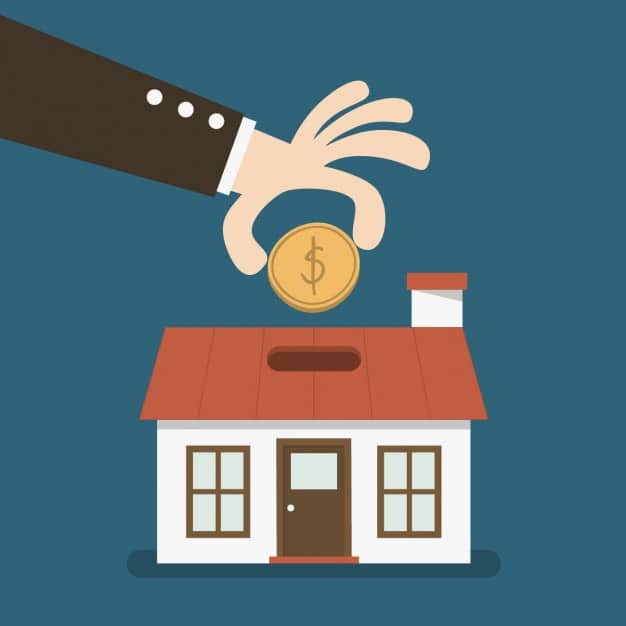Scenario 1: 2000/m2
This might get you the very worst of the bland building company designed / out-of-a-catalogue type houses: single story, the cheapest materials and fittings the builder can source, on a typical flat site with no planning or environmental constraints. The design return on investment outcomes for ‘wow factor’ & appearance, context sensitivity, functionality, environmental performance and resale value are all likely to be quite poor. Some very minor customisation is likely possible in the planning stages (colours and finishes mostly) but design fees are the first corner that was cut, and it shows.
A fairly low risk, low return scenario – being ‘bog standard’ the design is put together much like every other low cost house the builder has ever done, and requires relatively little thought to execute, so there is not much to go wrong (other than the builder going bust). Once the ‘newness’ has worn off there is little long term benefit to the home-owner compared with buying any one of the many thousands of other houses just like it in the mediocre subdivisions incrementally sprawling across our landscape. You will almost certainly get a much better ‘bang for your buck’ outcome by spending the same budget on an older but better designed house in a good area that is closer to town and has mature trees and gardens.
Scenario 2: $3500/m2
This budget can get you a simple but well designed home: single story, inexpensive but well chosen materials, and fittings, on a typical flat site with no planning or environmental constraints. The design return on investment outcomes for ‘wow factor’ & appearance, context sensitivity, functionality, environmental performance and resale value are all likely to be noticeably better than for the majority of Kiwi homes (depending on your choice of designer, and design brief) .
Scenario 3: $5000/m2 +
This budget can get you a well designed home with some well considered complexity of form: with two or more levels, mid range materials, and fittings, on a sloping site with minor planning or environmental constraints. The design return on investment outcomes for ‘wow factor’ & appearance, context sensitivity, functionality, durability, environmental performance and resale value are all likely to be very good (depending on your choice of designer, and design brief) – far better than the vast majority of Kiwi homes.
Scenario 4: $12000/m2+
Definitely for the 1% . This budget can get you an exquisitely well designed and crafted home: with sculpturally nuanced form, and with two or more levels, top end materials, and fittings, on a sloping site, with an extremely impressive result despite potentially significant planning or environmental constraints. The design return on investment outcomes for ‘wow factor’ and appearance, context sensitivity, functionality, durability, environmental performance and resale value are all likely to be outstanding at this price level (depending on your choice of designer, and design brief) – very much meeting the best international standards for design quality, and quite possibly of interest to design magazines.
It is fair to say that at any budget level, the quality of design upfront will likely be the single biggest factor in deciding the return on your investment. Even where budgets are high, many home builders focus their efforts on attempting to impress the neighbours with grandiose scale and ‘bling’ finishes and features, rather than getting the design fundamentals right. The result is too often an embarrassingly crass and impractical outcome that owners may well struggle to recoup their losses on.
Even with a much more modest budget, if you take the time to really think things through in relation to your surroundings, lifestyle, spatial relationships between different areas, climate, views, aesthetic clarity, structural expression and so on, you will be on track to making a home that just feels right, and that you would feel privileged to live in for the rest of your life.


